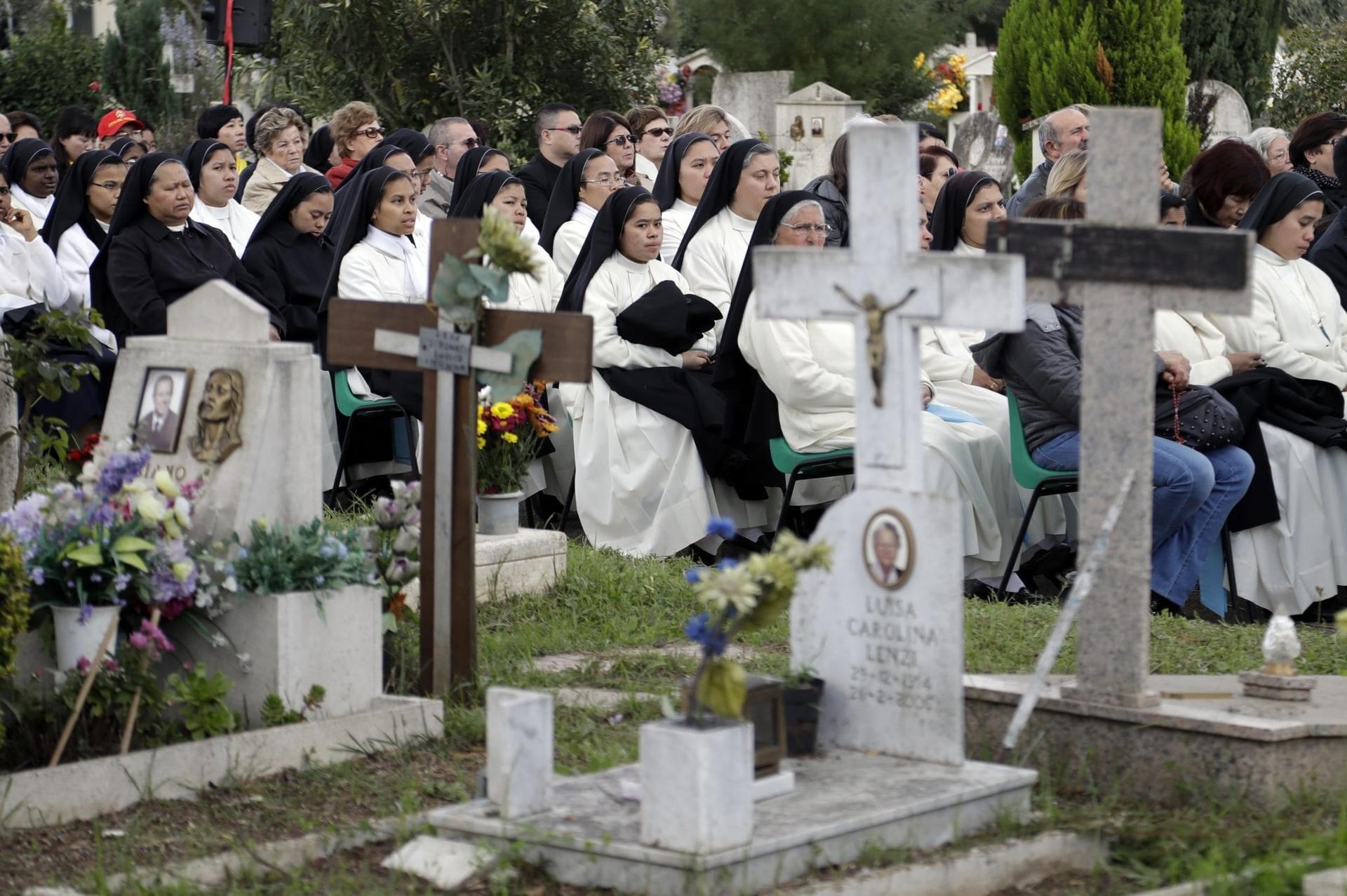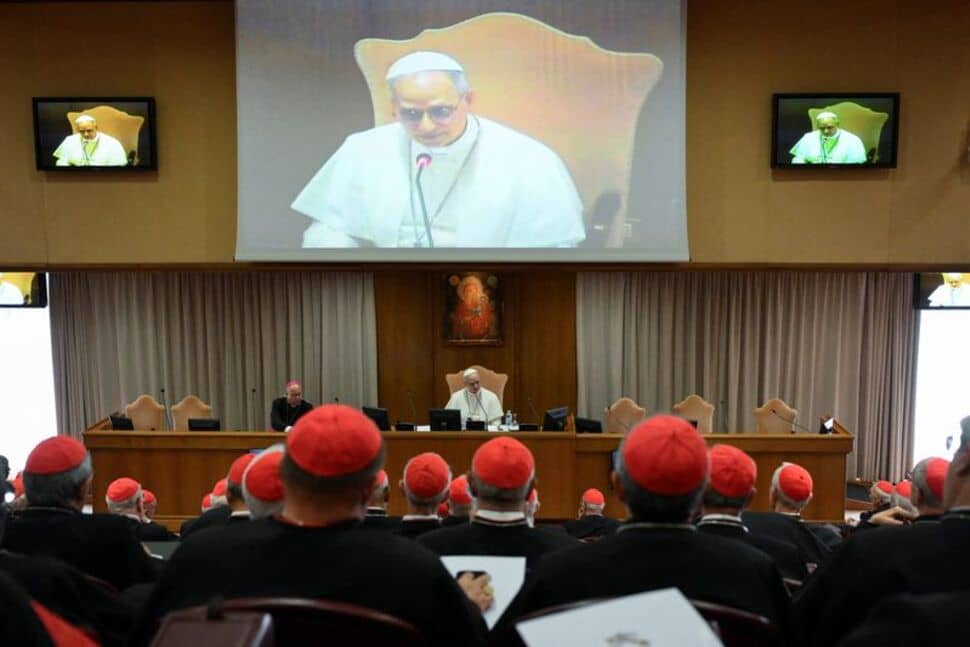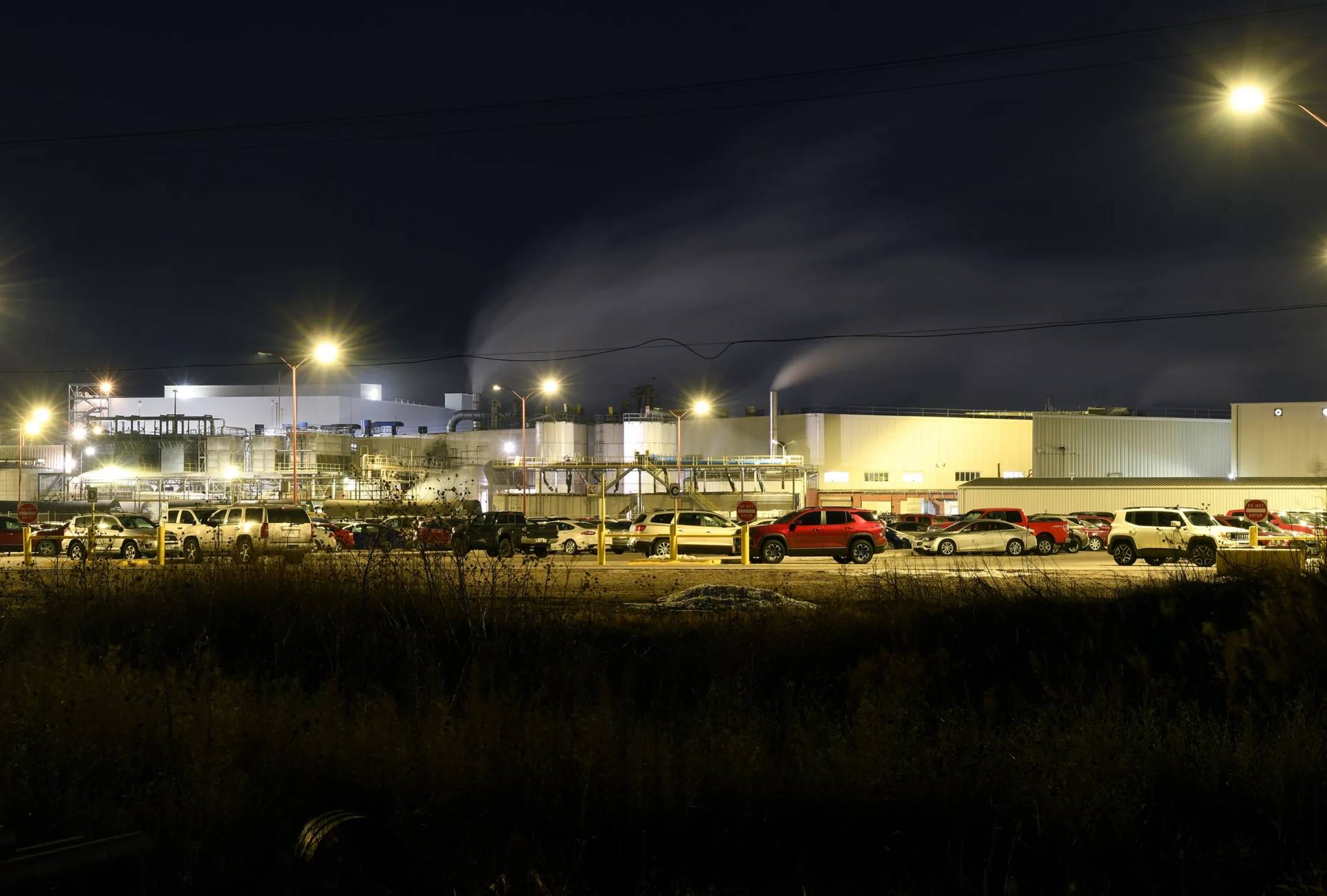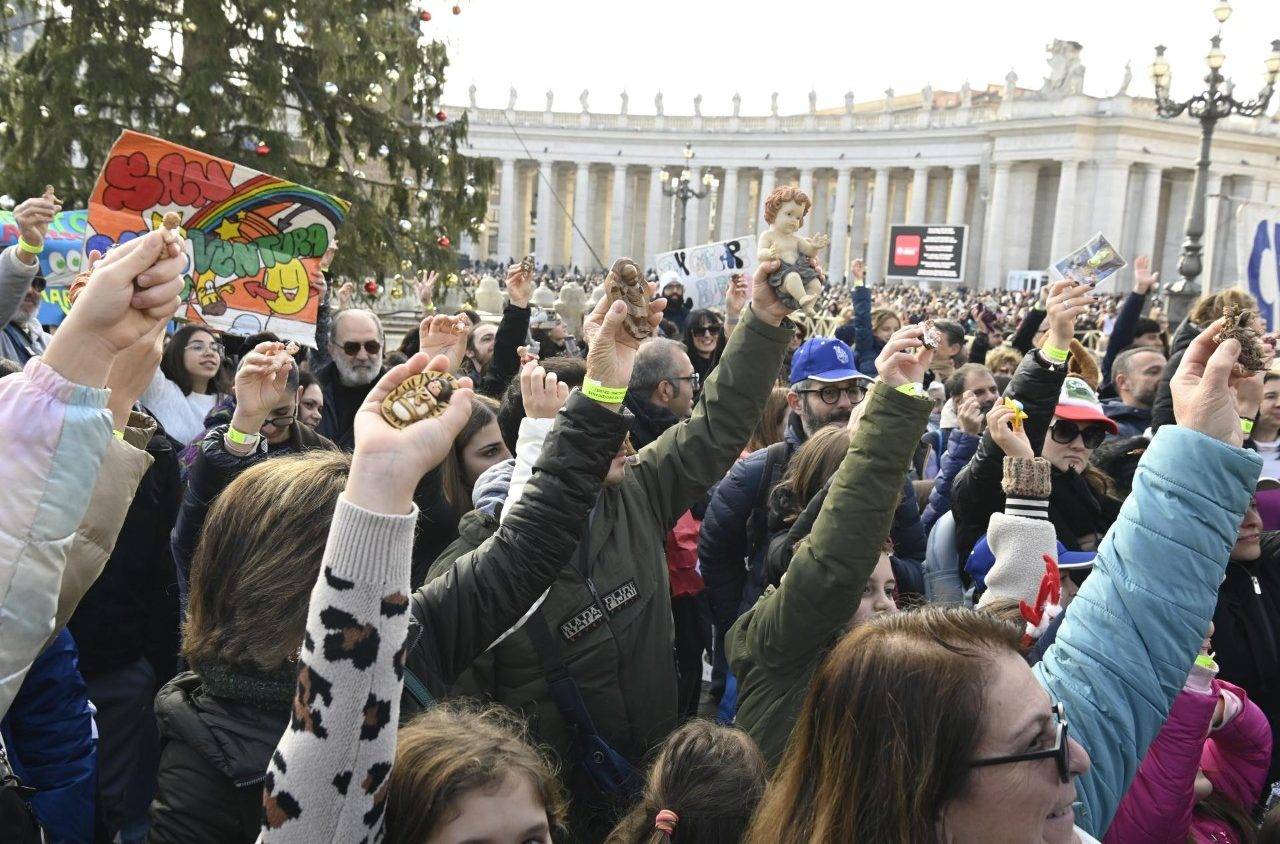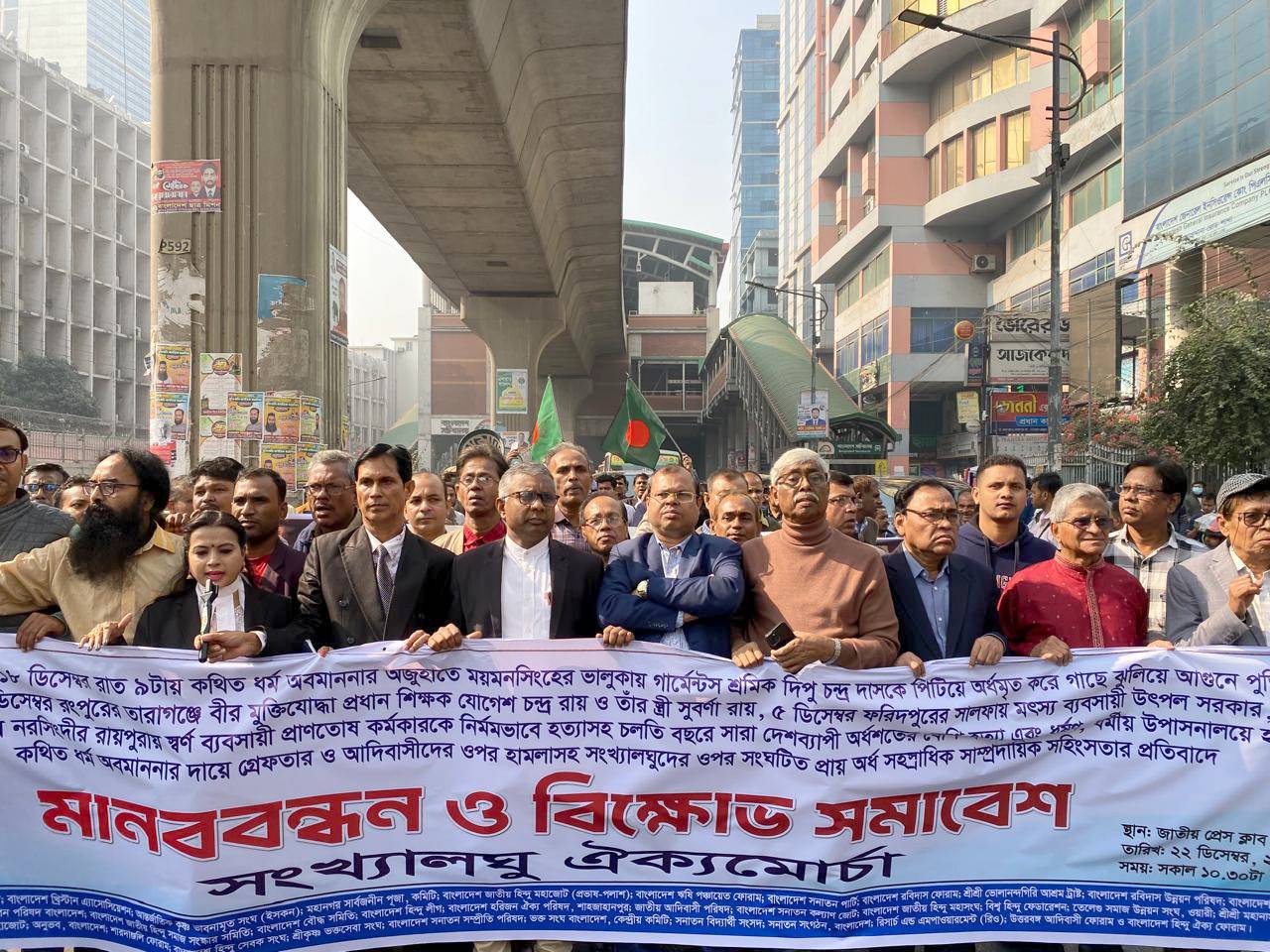ROME — While it’s sad to think about our own death or that of a loved one, we can never be truly hopeless because of Christ’s resurrection, Pope Francis said on All Souls day at a cemetery outside of Rome.
“The commemoration of the dead has a dual meaning,” Francis said Nov. 2. “Sadness mixes with hope, and this is what we all feel today in this celebration. The memory of our loved ones, in front of their remains, and hope.”
“But we also feel that this hope helps, because we too have to make this journey! All of us will make this journey. Sooner or later, but everyone. With pain, some more some less, but all. But with the flower of hope, with that strong thread of hope that is anchored in the hereafter.”
Traditionally, popes have gone to Rome’s 19th century Campo Verano cemetery to celebrate Mass for the Feast of All Souls, however this year Pope Francis celebrated the Mass at the Prima Porta Cemetery on the northern outskirts of Rome.
Cemeteries are often sad places because they remind us of our loved ones who are gone, the Pope noted: “But in this sadness we bring flowers as a sign of hope, and also, I dare to say, of celebration – not now, but in the future.”
He explained that the reason for this hope is the Resurrection, that “Jesus is the one who made this journey first.”
“We are walking the path that he walked, and he brings us through the door that he himself opened. With his cross, he opened the door of hope. He opened the door so that we can enter into where we will contemplate God.”
After the Mass, Pope Francis went to the grottoes beneath the Vatican for a moment of private prayer for the deceased popes.
Also known as Prima Porta cemetery, Flaminio Cemetery was consecrated in 1941 and is considered to be a masterpiece of contemporary architecture.
Over 345 acres in size, it is the largest cemetery in Italy, and contains sections dedicated to the Catholic, Evangelical, Jewish and Islamic faiths. The Catholic church in the cemetery is dedicated to St. Michael the Archangel.
The Jewish temple and Polish chapel were both erected by Poles living in Italy and St. John Paul II consecrated them on Nov. 1, 1991.
Many famous Italians choose to be buried there, including people from the worlds of art, entertainment, sports and politics. Inside, there is also an archaeological site of a Roman villa from 25 BC.
The Pope concluded his homily by reminding those present that the hope of the Resurrection “doesn’t delude” and that even Job, in his moment of anguish, expresses hope through the words: “I know that my Redeemer lives.”
“Let us go home today with this dual memory: the memory of the past, of those who have gone, and the memory of the future, the path on which we will go with the certainty, the security of the words that came from the lips of Jesus: I will raise him up on the last day.”
